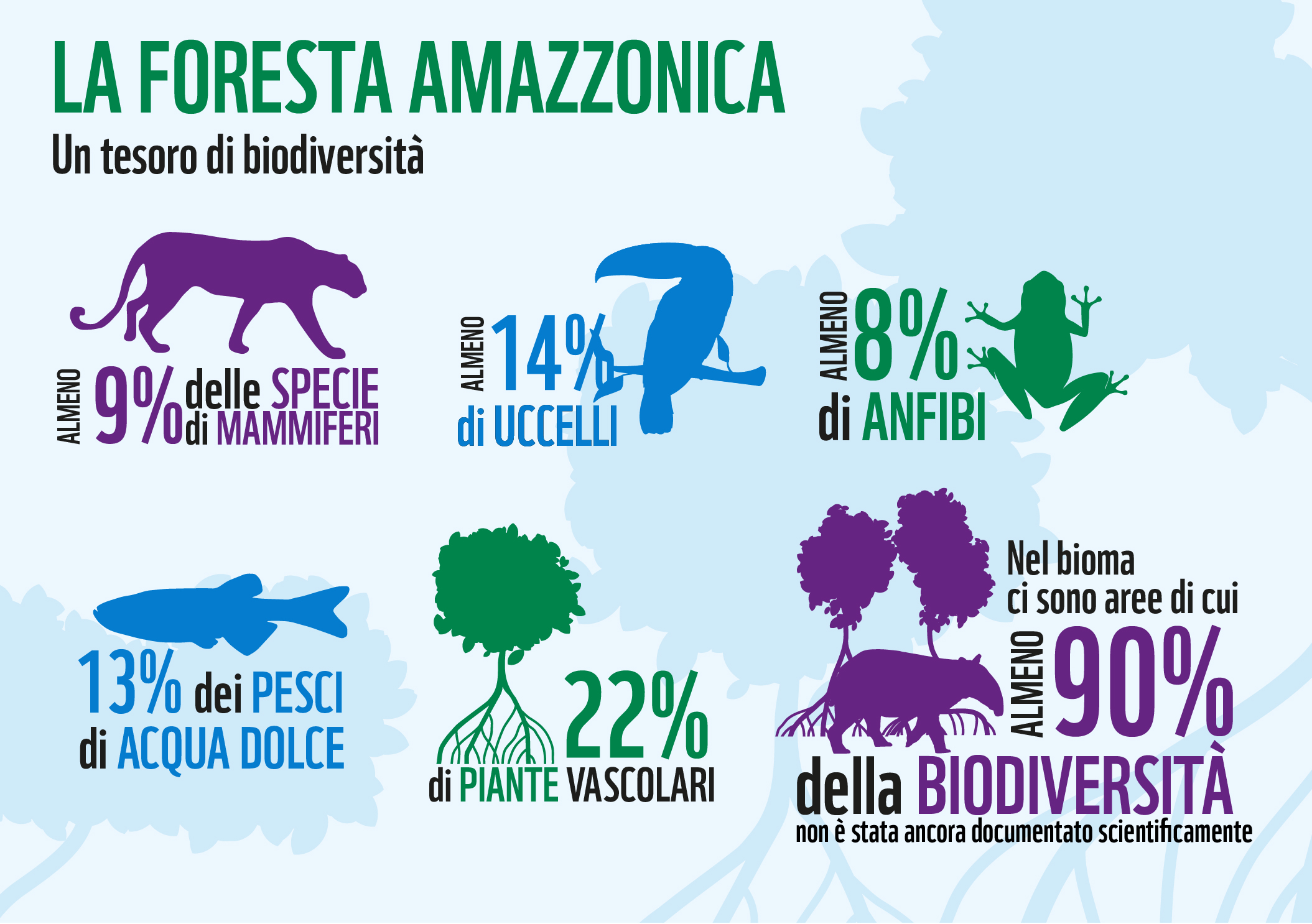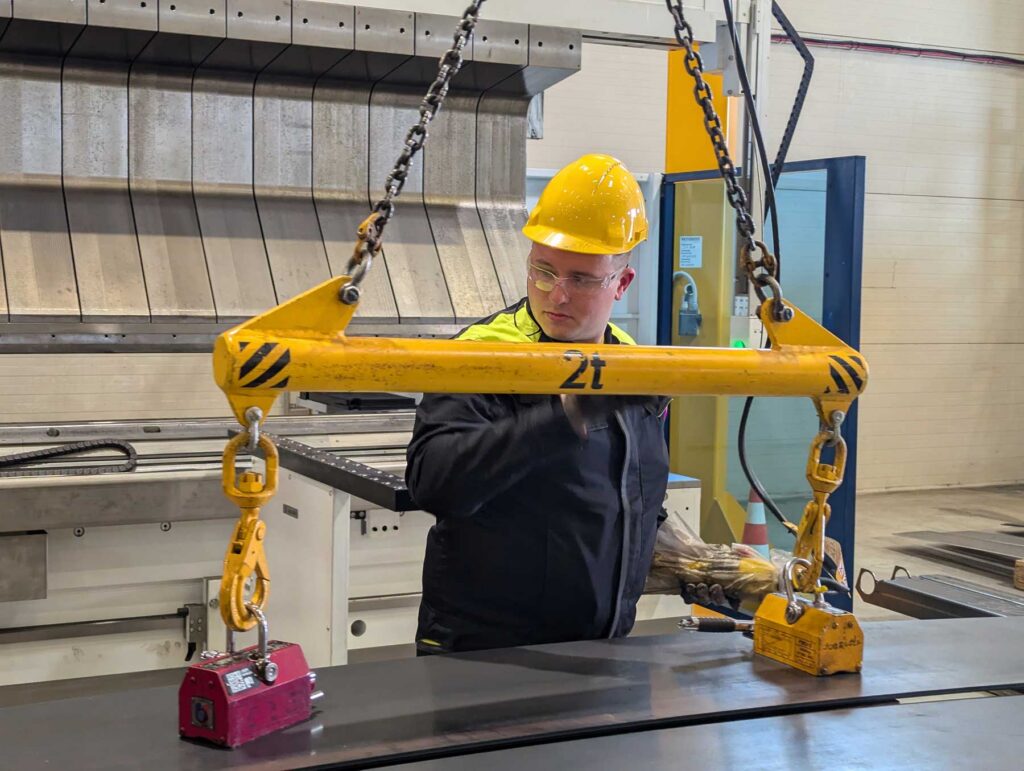Milk banks: what they are, what they work they carry out, where they are and who can donate

When mother’s milk is not available, for preterm and fragile children born, the choice is represented by the milk of the blud (bank of human milk donated), a real therapeutic resource
Breast milk is the ideal natural food to defend the child from diseases and to guarantee him healthy growth. Numerous studies have shown that, offered as an exclusive food, represents the best nourishment for the first 6 months of life. But if it is so important for healthy children, the more it is For preterm infants, especially for those with a very low weight at birth. Where it is not possible to offer the milk of one’s mother, especially but not only for these small patients, in the first months of life the alternative is represented by Milk from Blud – Bank of Human Milk Donato. On the occasion of the World Human Milk Donation Day which occurs on May 19, we discover who can give and why it is so important to do so.
Breast milk: because it is good
Breastfeeding involves many advantages for the health of the child and mother, especially if it is prolonged over time. «In the child, benefits to the respiratory tract are observed, the gastrointestinal system and, through contact with the breast, a better relationship with the mother is established – he explains Guglielmo Salvatori, Head of the Bank of Human Milk Donato Dell ‘Bambino Gesù Pediatric Hospital -. Not to mention, then, that the maternal one is the milk tolerated better than any other milk form on the market. AND always ready, at the right temperature and is ecological. In addition to the short -term benefits, long -term benefits have been documented. Today we know the impact well that the first 1000 days of life have on the health of the adult. Also l‘breastfeeding participates in the reduction of the incidence of non -transmissible chronic diseases In adulthood such as diabetes, cardiovascular pathologies and cancerous diseases. Furthermore, decreases the incidence of obesitya very important result also from a social point of view. On the mother’s side, however, a lower incidence of breast and ovar cancer cancer were documented, especially if breastfeeding lasts more than a year. In short, it’s worth it ».
Bank of Human Milk Donato: because it is important
When mother’s milk is not available, for preterm and fragile children born, as recommended by the American Academy of Pediatrics, WHO and the Italian Ministry of Health, the immediately following choice is represented by Latte della Blud, a real therapeutic resource. «The milk bank is essential for children hospitalized in neonatal intensive care, especially if Born before 32 weeks and with a weight even below the kilo and a half. Human milk helps to reduce the incidence of very serious diseases that can affect these patients, such as necrotizing enterocolite (NEC), bronchopulmonary dysplasia and preterm retinopathy. Breast milk contains immunoglobulins, cytokines and fundamental growth factors for fragile babies. In addition, the oligosaccharides present inside them carry out an important defense against infections.
« Blud’s milk is also useful in the incorporation that follows surgical interventions on the abdomen in neonatal era, in cases of congenital heart disease, but also in the case of serious food allergies, immune deficits, chronic renal failure, syndromes with severe malabsorption or in cases of intractable diarrhea. It is also better tolerated and, for this reason, helps to reduce the days of hospitalization. Of course the first choice is and remains the milk of one’s mother But, when the newborn is hospitalized in intensive care, it is possible that the mother cannot start or maintain milk production. In these cases, the use of blud is essential ».
An appeal to mothers
In Italy there are 44 milk banks, coordinated by theItalian Association of Banks of Human Milk Donato (Aiblud). Unfortunately, however, they are poorly distributed on the national territory, so much so that some regions are without them and not all small patients can access it. « The blud of the Child Jesus has been present for 36 years and offers human milk not only to infants inside the hospital, but also to the neonatologies of other hospitals in Lazio -continues Salvatori -. From January 2025 we have already had 55 donor women and it is estimated that we will reach 145 by the end of the year, for a total of about 900 liters of collected milk (to date they are 340 liters).
Giving milk is a simple gesture that can save a life. All healthy mothers, with a correct lifestyle and with a production of milk higher than the needs of their child can donate. The process to follow is very simple. It starts by sending an email to [email protected]. The mother will be convened only once in the hospital, everything later will take place by phone or email. She will be asked to fill in a questionnaire to evaluate the correct lifestyle or any impediments to the donation. Will come Some laboratory exams on maternal blood performed To exclude infectious diseases and a small sample of milk will be taken for a bacteriological evaluation. Of course, all screenings are borne by the hospital. If there is no impediment, the mother will be « suitable for donation » ».
The process of the milk donated
When the donor has collected at least one liter of milk in special disposable sterile bottles, supplied free of charge by the milk bank, thanks to a car equipped with freezer, the Blud will take the collection directly at home. Joint In the hospital, the milk will be controlled, preserved and treated. Freezing takes place at a temperature of -20/-24 degrees centigrade and pasteurization is carried out at 62 degrees for 30 minutes. These steps allow you to keep it for a period of 6 months. At the end of this process, the donated milk can be offered to those who need it most usually to infants hospitalized in the neonatal intensive care units.
«We have published a study from which it is clear that A liter of donated milk costs to the milk bank that is 231 eurosbut the prevention of complications to which such delicate infants can be encountered, however, is associated with a significant savings for the hospital. Finally, it should be noted that among the objectives of the bluds there is also to promote breastfeeding. In fact, it has been seen that where there is a milk bank, breastfeeding rates are higher, « concludes Salvatori.








